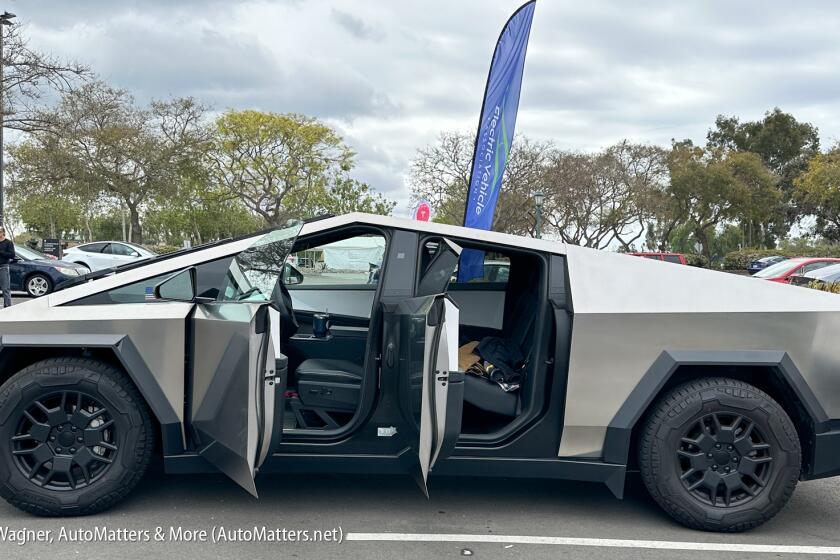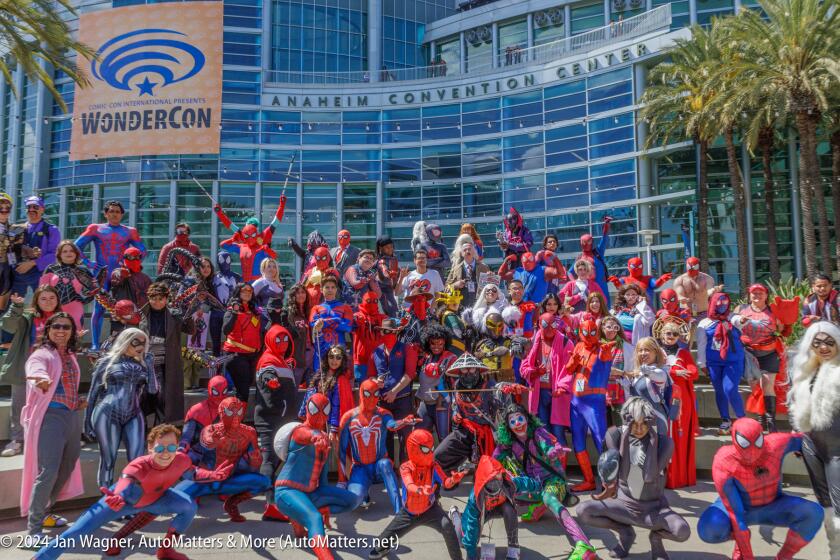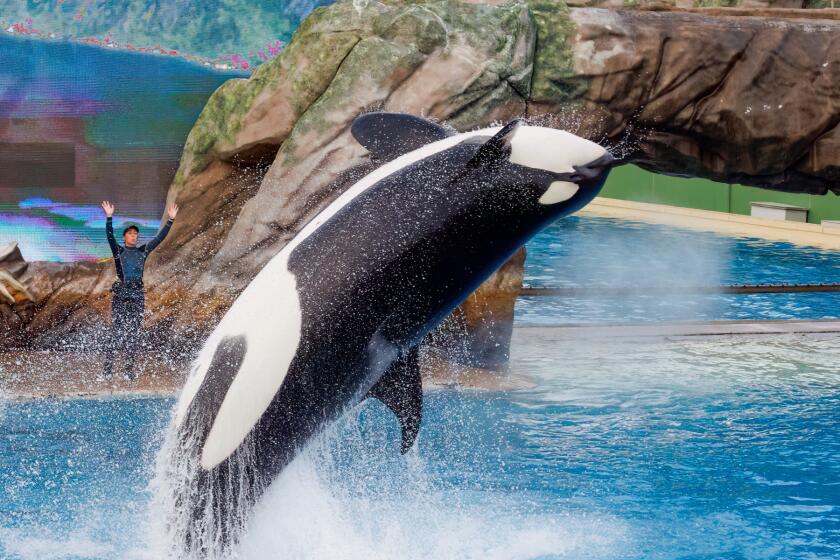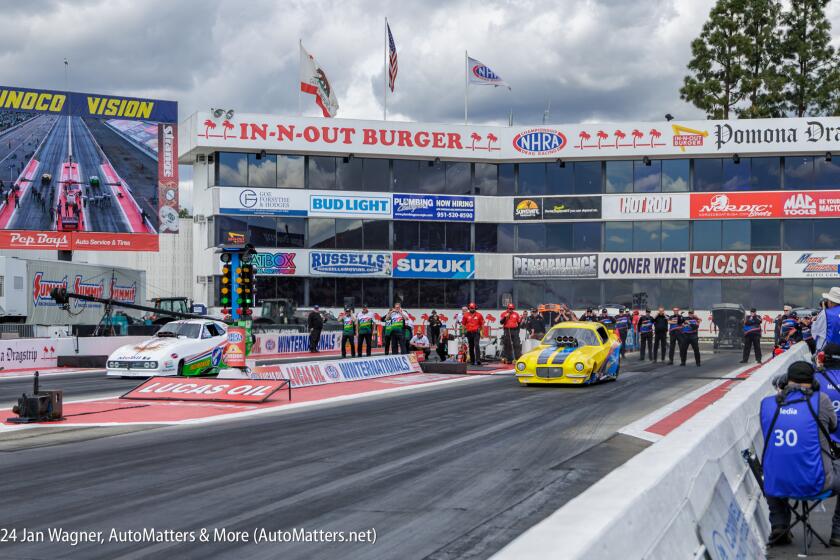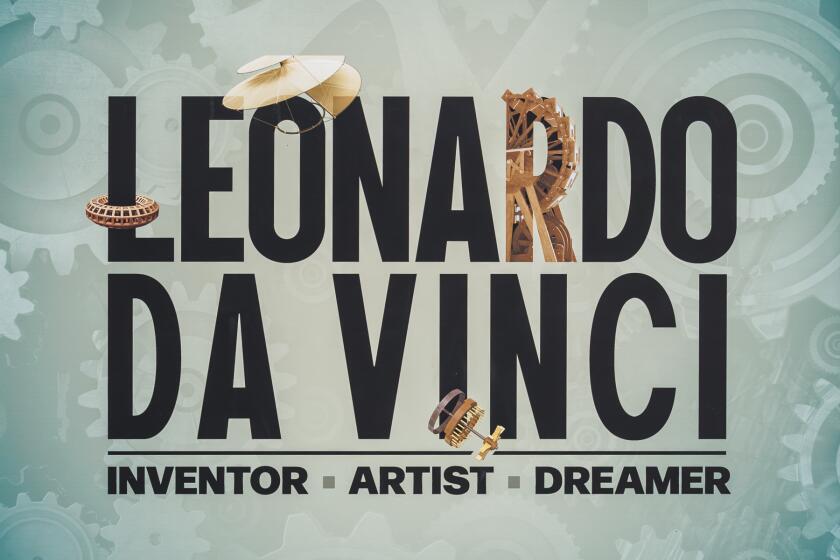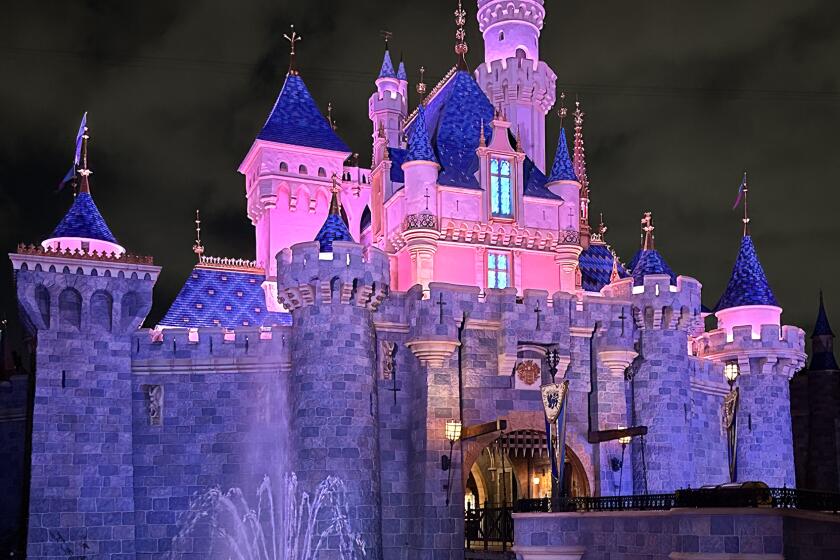AutoMatters & More: Consumer-Oriented ‘Ride & Drives’
Back before the big economic recession hit, auto manufacturers often used to host dedicated, standalone “Ride & Drive” events, offering potential customers the opportunity to see, ride in and drive their vehicles in a controlled, safe environment, free of any of the sales pressure that they might experience at car dealerships. These events are still held, but they seem to be less frequent, and far less spectacular.
“Ride & Drives” tour the country, setting up for a few days on large paved areas in several cities. Back in 2005, General Motors had two very large, travelling auto shows – one for Chevrolet and Cadillac, and the other for Buick, Pontiac and GMC – complete with new model car reveals on a stage, a café, a professional drifting demonstration, and competitive brand test drives. Sadly, those big budget extravaganzas are long gone. Today’s “Ride & Drives” are lean by comparison. Now, often, “Ride & Drives” are part of formal auto shows.

For the standalone events, consumers go online to reserve well in advance. They arrive at the location on their appointed day and time, check in and then head over to an orientation – often in a large, temporary tent in a huge parking lot at a stadium – where they learn about what is in store for them.
There are all sorts of variations of “Ride & Drives.” Like GM, Toyota has been particularly creative in coming up with new activities that sometimes include clever games and challenges, and prizes. Broadly, there are several elements including hospitality, information about the vehicles, street-type driving, higher performance driving and a survey, often accompanied by a parting gift.

Hospitality ranges from basic refreshments served outside to elaborate, comfortable, carpeted lounges with leather furniture, catered food and premium bottled water presented in large, air-conditioned, building-like tents – often with show cars on display, like at an auto show.
At orientation we are given a hosted presentation about the vehicles, and perhaps a demonstration about some featured technology or other noteworthy characteristics. This may be in the form of videos, informative graphics and physical demonstrations with actual vehicles – for example, to demonstrate safety technology that lets drivers “see” ahead in the dark or through fog.
The final step in the orientation is to describe the activities we are about to do, in order to experience the vehicles.

These driving experiences range from simple – with a small number of the manufacturers’ vehicle models and basic driving activities that usually include negotiating an autocross; to large and elaborate, where the manufacturer might come up with clever driving challenges and provide us with opportunities to evaluate not only their vehicles but also competitors’ vehicles for comparison.
While each of us wait for our turn to drive, our waiting areas typically include large graphics boards that briefly describe key features of the vehicles that we are about to drive.
An autocross is often utilized to enable participants to experience the various driving capabilities of the vehicles. In an autocross, vehicles are driven somewhat aggressively, one at a time, around a challenging course delineated by traffic cones. Driving the course demonstrates each vehicle’s acceleration, handling and braking, as might be experienced not only in everyday driving but also when it may be necessary to make emergency maneuvers on public roads.

At these events, participants are sometimes instructed by professional drivers in the basics of high-performance driving. They may refer to a course map in what is called a “chalk talk.” We either drive the vehicles on our own, or are accompanied by a staff member. We may also ride as passengers.
Occasionally the auto manufacturers stage timed autocross competitions for bragging rights or even prizes. Mazda, GM and BMW events come to mind.
Courses are not always autocrosses. Some are just designed to give participants opportunities to casually drive the vehicles and experience their comfort, convenience and safety features. Other times drivers are sent out on public roads with a route map, for an actual, real world street drive.
Simulated obstacles that may be found in off-road driving situations may be used to demonstrate off-road capable vehicles like Jeeps and Hummers.
As you can see, vehicle manufacturers’ “Ride & Drives” present great opportunities to check out new vehicles.
To best enjoy this column, you will find the most photos at www.drivetribe.com. Enter “AutoMatters & More” in their search bar and click on TRIBES. Send your comments and suggestions to AutoMatters@gmail.com.
Copyright © 2018 by Jan Wagner – AutoMatters & More #550r1
Get the Del Mar Times in your inbox
Top stories from Carmel Valley, Del Mar and Solana Beach every Friday for free.
You may occasionally receive promotional content from the Del Mar Times.

